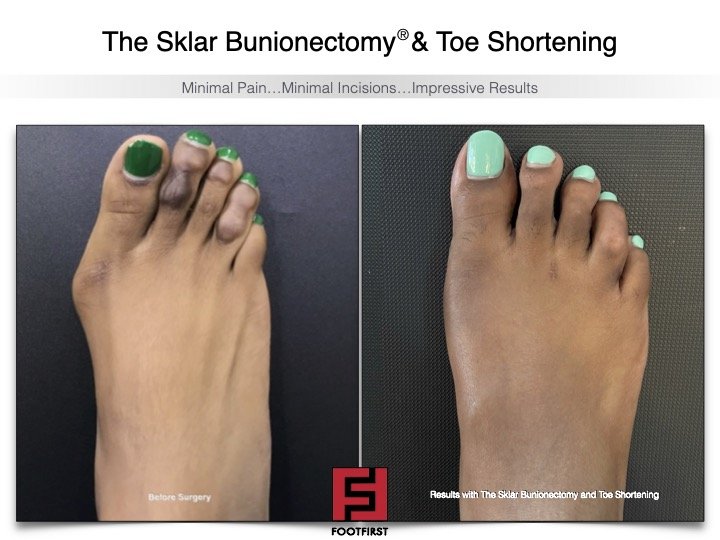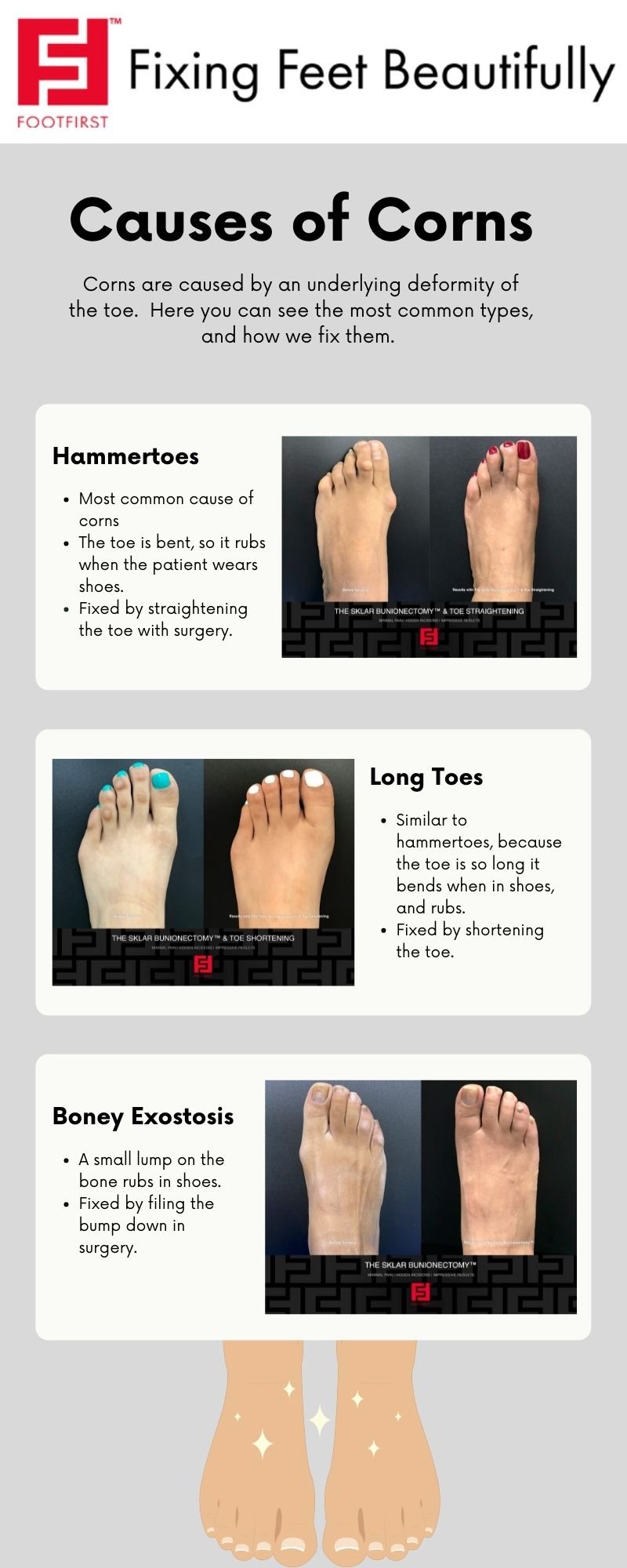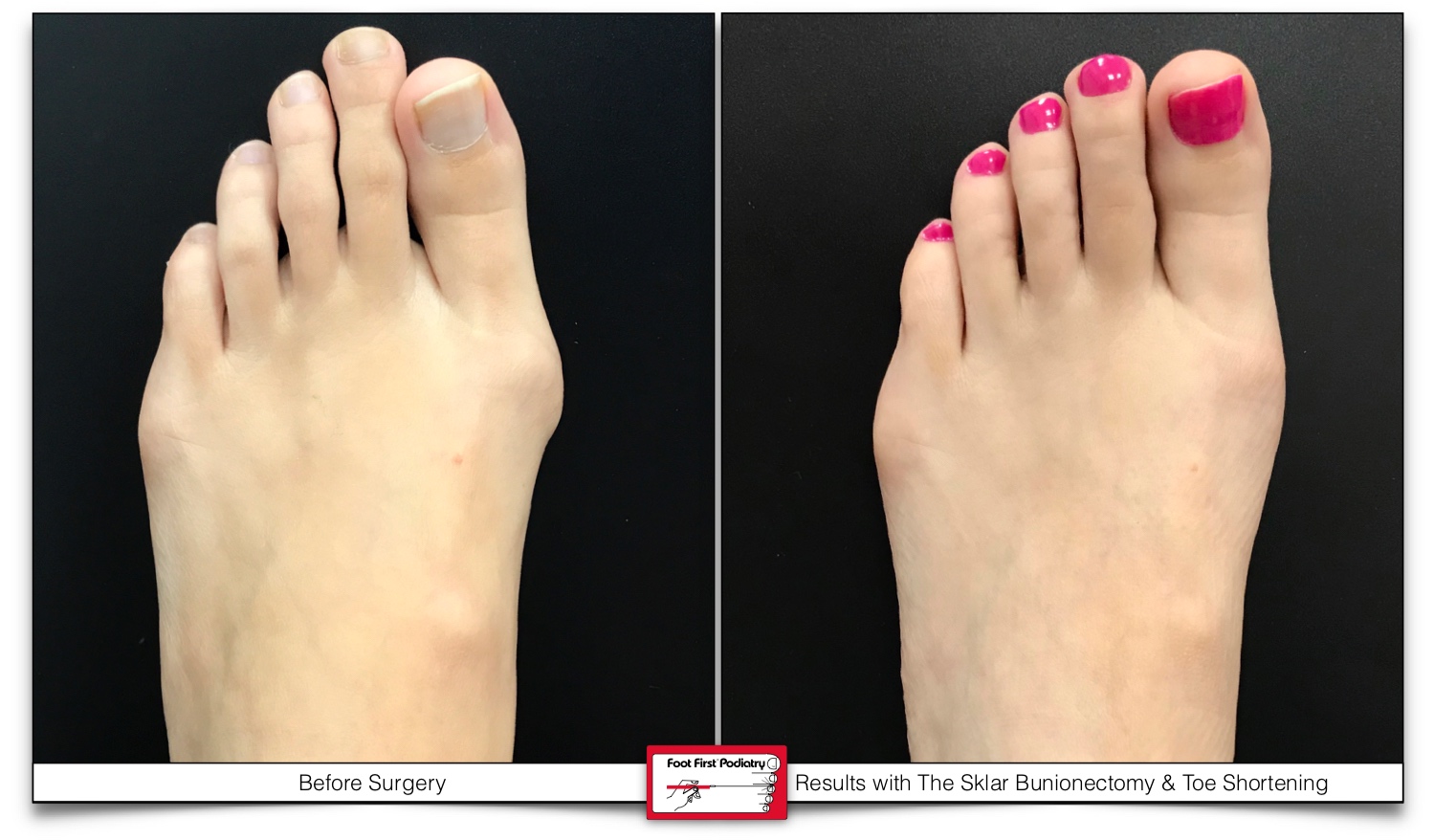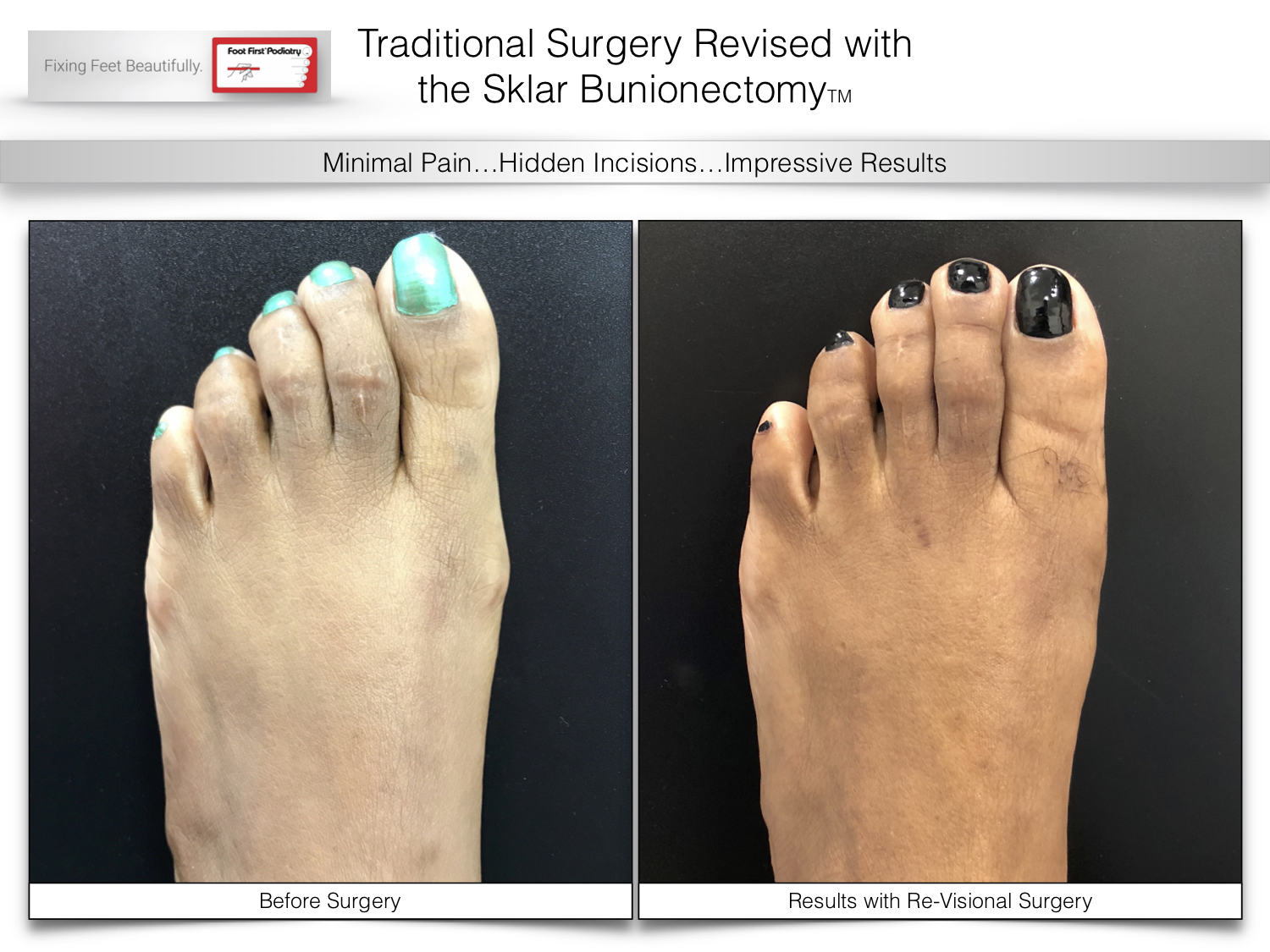What are corns, and how do those ugly things get on our toes? Can’t you just cut them out?
Corns are small calluses that form on top of toes or in between toes. They are hard, and can be painful when they rub against each other or in shoes. The calluses can be trimmed down or padded so they don’t hurt as much, but why do they keep coming back? The cause of these little nuisances is usually deeper than the corn itself. Corns occur and keep coming back, because there is an underlying deformity to the toe that it is on.
A hammertoe is the number one cause of how a corn can form. A hammertoe is when the toe becomes permanently bent over time. This can happen with genetics, aging, or because a bunion is pushing the toe. Where the toe bends down, it rubs on the tops of shoes. This constant rubbing produces a callus, and eventually a deep corn.
Another very common cause for corns is the toe is too long. Similar to hammertoes, when a toe is too long it buckles when it goes into a shoe. Where it buckles, or bends, the shoe rubs and creates the corn.
Sometimes a corn is caused, because a person has a lump on the bone. When a patient has a lump on the side of their toe, that causes corns in between the toes.
To fix a corn, the underlying problem with the toe must be corrected, or it will just keep coming back.
If a patient has a hammertoe we correct the underlying issue by straightening the toe. If the toe is too long, we shorten the toe. This prevents the toe from rubbing on the top of the patient’s shoe and the corn can eventually heal on its own. If the patient has a bony prominence, we will file the bone down so it stops rubbing.
We try never to cut a corn off of the toe, because it can leave a scar. We want the corns to subside on their own so when the patient is done healing there are no visible scars, and no one can tell that surgery was even done!
Some corns are difficult to cure. Corns are more stubborn if a patient smokes cigarettes. Smoking cigarettes has a negative effect on the tiny vessels that keep skin soft and healthy. We often see that cigarette smokers have a harder time healing corns even if surgery is done. Another cause of stubborn corns is genetics. Some patients are genetically predisposed to making calluses, and that will also make it harder for them to heal. Lastly, if the corn has been present for many many years, then it will make it harder for the surgery to be as successful.
If you would like to schedule a consultation because you have ugly corns, please reach out through our website at www.footfirst.com, on Instagram at footfirstpod or call 847-352-9221.







